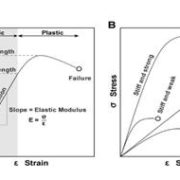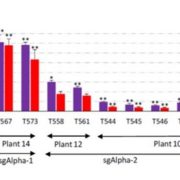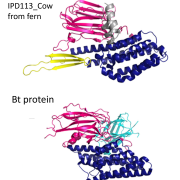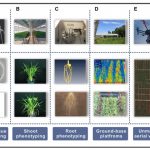Review: Tropical trees as time capsules of anthropogenic activity (Trends Plant Sci.)
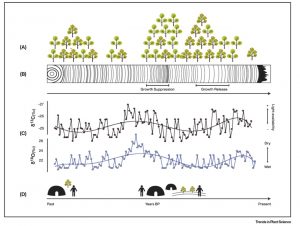 Trees will help us ensure our future, but they are also a valuable record of our past. This fascinating review article by Caetano-Andrade et al. describes how anthropologists are taking advantage of data recorded in trees to understand more about not only the atmospheric and geological events of the past, but also the human activities. A classic method for reading tree data is dendochrononlogy, or tree-ring data, in which the sizes of annual rings provides insights into the growing seasons; this method is strengthened when combined with radiocarbon data. These can shed insights into human activities including deforestation. Stable isotopes analysis (i.e., the difference in accumulation between light and heavy isotopes of water and carbon, δ18O and δ13C) gives insights into water and light availability, providing records of seasonal climate variations (e.g., El Niño events, droughts and monsoons), which can be causes or consequences of human activities. DNA analysis is also useful, and can for example indicate periods of rapid population bottlenecks perhaps as a consequence of logging, or provide evidence of domestication. The authors provide numerous examples for how trees have revealed stories of human activities, and encourage the protection of these “cultural heritage repositories.” (Summary by Mary Williams) Trends Plant Sci. 10.1016/j.tplants.2019.12.010
Trees will help us ensure our future, but they are also a valuable record of our past. This fascinating review article by Caetano-Andrade et al. describes how anthropologists are taking advantage of data recorded in trees to understand more about not only the atmospheric and geological events of the past, but also the human activities. A classic method for reading tree data is dendochrononlogy, or tree-ring data, in which the sizes of annual rings provides insights into the growing seasons; this method is strengthened when combined with radiocarbon data. These can shed insights into human activities including deforestation. Stable isotopes analysis (i.e., the difference in accumulation between light and heavy isotopes of water and carbon, δ18O and δ13C) gives insights into water and light availability, providing records of seasonal climate variations (e.g., El Niño events, droughts and monsoons), which can be causes or consequences of human activities. DNA analysis is also useful, and can for example indicate periods of rapid population bottlenecks perhaps as a consequence of logging, or provide evidence of domestication. The authors provide numerous examples for how trees have revealed stories of human activities, and encourage the protection of these “cultural heritage repositories.” (Summary by Mary Williams) Trends Plant Sci. 10.1016/j.tplants.2019.12.010
[altmetric doi=”10.1016/j.tplants.2019.12.010″ details=”right” float=”right”]


